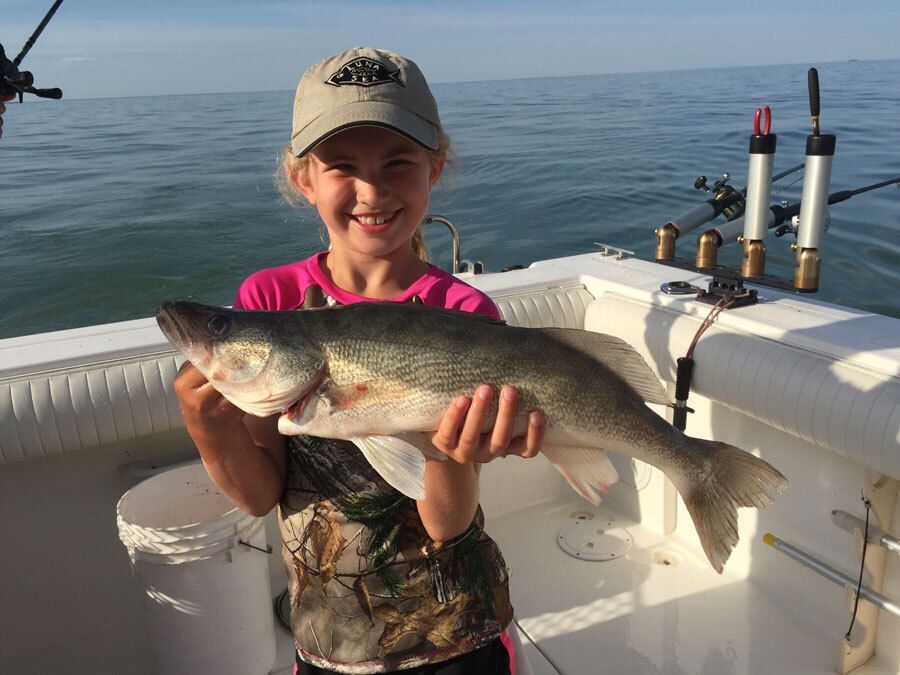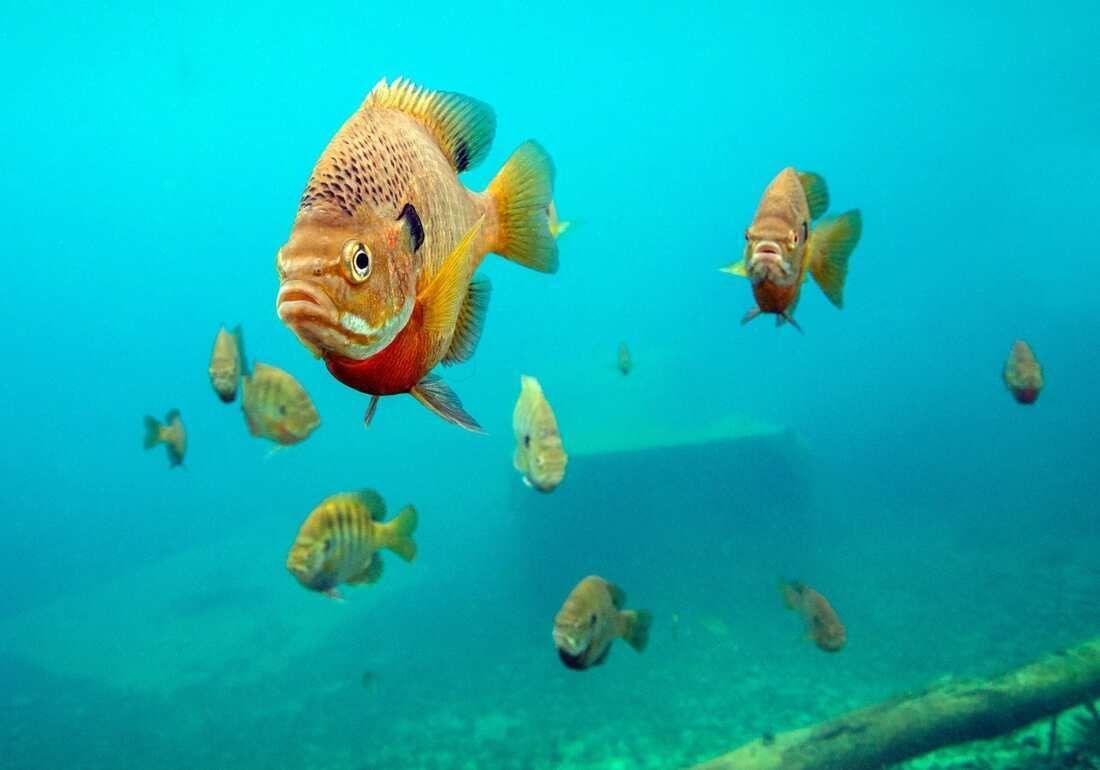Lake Erie Fishing
Lake Erie is home to one of the world's largest freshwater commercial fisheries. Lake Erie's fish populations are the most abundant of the Great Lakes, partially because of the lake's relatively mild temperatures and plentiful supply of plankton, which is the basic building block of the food chain. The lake's fish population accounts for an estimated 50% of all fish inhabiting the Great Lakes. The lake is "loaded with superstars" such as steelhead, walleye (American usage) or pickerel (Canadian usage),smallmouth bass, perch, as well as bass, trout, salmon, whitefesh, smelt, and many others[] The lake consists of a long list of well established introduced species. Common non-indigenous fish species include the rainbow smelt, alewife, white perch and common carp. Non-native sport fish such as rainbow trout and brown trout are stocked specifically for anglers to catch. Attempts failed to stock coho salmon and its numbers are once again dwindling. Commercial landings are dominated by yellow perch and walleye, with substantial quantities of rainbow smelt and white bass also taken. Anglers target walleye and yellow perch, with some effort directed at rainbow trout. A variety of other species are taken in smaller quantities by both commercial and sport fleets.
Estimates vary about the fishing market for the Great Lakes region. One estimate of the total market for fishing, including commercial as well as sport or recreational fishing, for all of the Great Lakes, was $4 billion annually, in 2007. A second estimate was that the fishing industry was valued at more than $7 billion.]
Commercial fishing is now predominantly based in Canadian communities, with a much smaller fishery—largely restricted to yellow perch—in Ohio.
In winter when the lake freezes, many fishermen go out on the ice, cut holes, and fish. It is even possible to build bonfires on the ice. But venturing on Lake Erie ice can be dangerous.
Want to go fishing on Lake Erie?

Additional Fishing Resources

Lake Erie's Fishery Resources
Background by John Hageman
Lake Erie supports a variety of fish that are generally characterized as either warm water or cool water fish types. While the warm water fish species may prefer water that is typically found in the Western Basin, the cool water fish species cannot tolerate warm water and only roam west in the winter and spring to spawn, if at all.
Native warm water sport fish species include walleyes, yellow perch, white bass and the black bass (smallmouth and largemouth), other sunfish such as rock bass, black and white crappies, bluegill and pumpkinseed and channel catfish and a few other bullhead species.
Minnows include bluntnose, fathead and emerald, spottail, spotfin, golden, mimic and sand shiners, lake chubsucker and silver chub to name a few. Brook silversides provide additional food for predatory fish.
The most numerous bait fish species in the lake is the introduced eastern gizzard shad, widely believed to have entered through the Ohio-Erie canal. Common carp, goldfish, 9-spine stickleback and the European rudd are the result of deliberate stockings, pet releases and/or bait fish introductions, but the invasive round and tube-nose gobies are most likely the result of ballast water discharges. The alewife, white perch and sea lamprey all entered the Great Lakes through the canals that were built to allow ships to go around Niagara Falls. All three of these species have reached nuisance populations due to their high reproductive rates, lack of specific predators and favorable conditions for their survival.
Other numerous, but less targeted or appreciated species include the freshwater drum, bowfin, longnose gar and northern pike, Great Lakes muskellunge and variety of suckers such as quillback, white sucker, bigmouth buffalo and the golden and shorthead redhorse.
Cool water species of importance include the lake whitefish, lake trout, burbot, steelhead trout and rainbow smelt. The latter two were introduced as a game fish and/or food fish, while the former three’s populations expand and contract with the size of the “dead zone” . Annual stocking by the Ohio Division of Wildlife is necessary to maintain a viable population of steelhead trout due to low survival of their fry in Ohio’s warm and/or muddy streams entering the lake.
Other species were stocked by government agencies, but failed to take such as Atlantic salmon, American shad, chain pickerel, white catfish and a few other species of Pacific salmon such as coho, Chinook and sockeye which persist as migrants coming from the upper lakes.
Expect more to come, as the problem of ballast water introductions and the Great Lakes and Mississippi River watersheds remain connected, which will allow more species to enter Lake Erie, including the silver, bigeye and black carp. Also, the European river ruffe, which was first seen in Lake Superior, is expected to expand into the lower lakes. While the above list is incomplete, it contains all of the species of sport, commercial, bait or other value. In all, over 100 species have been documented. Some are one-time or occasional sightings of exotic species such as salt water or tropical varieties, obviously released by trans-oceanic ships, worshipers involved in a religious ceremony or aquarists, but luckily didn’t thrive for any number of reasons.


